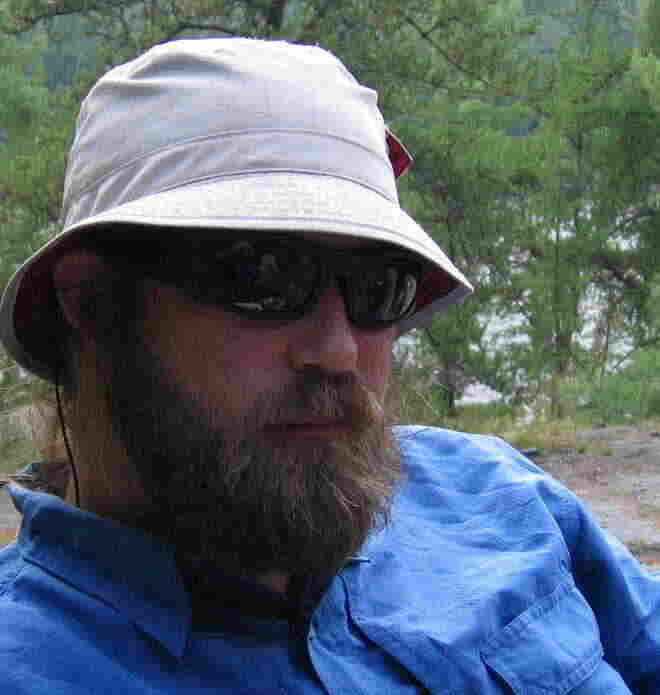K'inal Winik Hieroglyph Weekend
The focus of the conference was names and naming patterns among the classic Maya. In explaining this Peter took the time to spend a morning going over the history of how the language was deciphered, what some key aspects of it are, how to read the glyphs, sentence structure, how the calendar works, etc. It was all fairly cursory, but the basics are not that hard to figure out. It was very cool to sit around and translate Mayan (well actually follow along as somebody explained how it is translated) and see what the texts were talking about. It turns out to be a mixed system with sign that are phonetic, indicating a consonant and a vowel and signs that refer to words. These make up the standard forms of the glyphs. Essentially, the words can be sounded out, although it is not a straightforward process as the phonetic and whole word versions of the words are both used as glyphs. There are also what are called head variants, which do not appear to have much iconographic relationship (similarity of the images) to the standard forms of the glyphs, but are translated by finding them in the same context as the standard glyph. He went through numerous examples of all of this and it actually makes pretty good sense.
The sentence structure is the other thing that was interesting to figure out. The basic syntax is a verb followed by a subject. Typically, there is a date or a reference to a date followed by a verb and then a modified name (e.g., On April 15, 950-was crowned-the Great King Joseph, Conqueror of Tapir City, Staunch and Sacred Ruler of all the Western Lowlands. Twenty years later-was born-a son Prince Roger.). There can also be an object to the verb that comes before the subject (e.g., Two years earlier-was born-twin daughters named Rachel and Sara-(to) a first wife.). The whole naming thing that Peter was teaching dealt with the names and modifiers and it is kind of important to understand the context to figure out what modifiers went to which name and how they changed (or were the same) when individuals were being talked about later in the hieroglyphic text. That is how it is possible to use a context to compare glyphs (e.g., On June 3 of her 16th year- was betrothed to King Philip-one of the twins-(by) King Roger. From that day forward-loyal allegiance was given-(to) King Roger-(by) King Philip.) A series of sentences like the examples could be an introductory text on a monument raised by King Philip’s heir indicating how he was related to King Joseph. The next thing in the text might be a sentence stating when King Philip’s heir was born or was crowned and then that would be followed by whatever deeds he wanted to brag about on his monument (e.g., In the second year of her marriage-was born to-Queen Rachel-Thomas. At the age of 19 years, two months-was crowned-King Thomas. Within ten years-conquered-Jaguar City-(by) King Thomas.)
A free translation of the story would be: My mother Rachel, a daughter of the Great King Joseph, was betrothed to my dad, King Philip, by her half brother King Roger, who was my father’s friend and ally. Within a decade of my coronation, following in my grandfather’s footsteps, I conquered Jaguar City. The implication being that he is as great as his grandfather, which may or may not be true. Understanding the context lets you follow the names and the time line and the titles and places, etc. The dates are easy because they use an easily recognized number system. The verbs born, conquer, crowned, and probably betrothed should be common enough in these kinds of texts to work out. “Allegiance” might be a little tougher. The rest are names, titles, epithets, etc., most of which are used more than once just in this pretend example. Some would likely by written exactly the same and some differently depending on the predilections of the scribe who carved the monument. By comparing texts from other monuments, perhaps some in the city of King Joseph, the dates and people can be cross-referenced and you are off and running toward figuring out names and titles. Well it isn't really that simply, but that is the basic idea. Anyway it was very interesting and informative.


1 Comments:
I don't know about inside info, but they definitely had their own perspective; one I think is very difficult to get your head around. With the writings they left there are tantalizing clues that go beyond the archaeological record, which is what I think makes them so interesting.
Post a Comment
<< Home